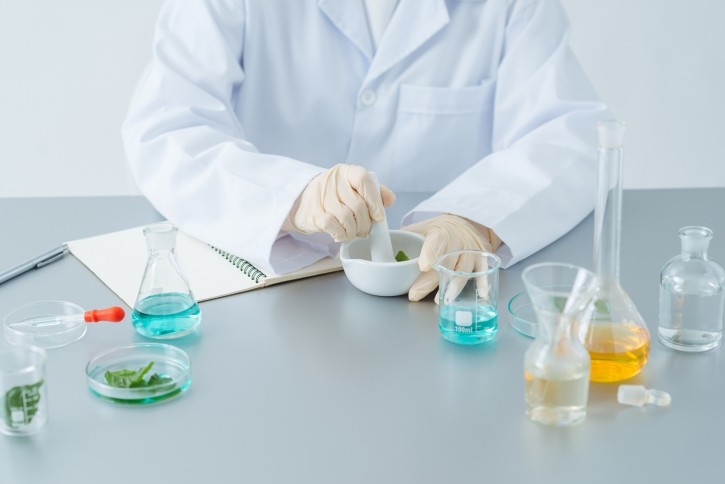Contents
Image: Getty From fragrance allergens to potential endocrine disruptors and sun protection, here’s what you need to know about the latest cosmetics regulation changes in the EU and UK.
In recent years the cosmetics industry has come under intense scrutiny. While this laser-focus on safety is seen as a positive step in many ways, there are also concerns that the intense scrutiny of ingredients can hamper innovation.
Rani Ghosh, a registered toxicologist who specialises in the cosmetics industry, agrees that this current landscape poses many challenges for those who work in R&D.
“The current regulatory landscape, with its web of overlapping rules, creates a complex environment for innovation. There’s a need to balance consumer safety and fostering an environment where companies can invest in research and development of new, effective ingredients and formulations,” she says.
Fragrances and allergens
Allergens is a prevailing topic, with fragrances being in the limelight. Of course, all manufacturers are required to ensure that every ingredient they utilise is safe, but despite best efforts and stringent regulations, some consumers will still face a reaction to certain ingredients, as this can sometimes be unpredictable.
What’s new in regulations?
The European Commissions Regulation 2023/1545 has added 56 new fragrance allergens to the existing list of substances that must be highlighted in cosmetic products.
Some of these ingredients listed include popular essence fragrances such as menthol, lemongrass oil, and lavendula oil extract.
The legislation stipulates that the presence of any of the 56 listed ingredients must be printed on the label if quantities exceed the threshold for leave-on (0.001%) and rinse-off products (0.01%).
The new legislation is designed to protect customers who are allergic or have sensitivities to particular fragrance ingredients. Manufacturers have been given three years to update their labelling, and and/or reformulate their products.
Ghosh, welcomes the move, stating: “The recent EU expansion of declarable fragrance allergens from 26 to 56 is a significant step towards greater transparency, empowering consumers to make informed choices.”
However, she also highlighted that “it’s crucial to understand that this increased transparency doesn’t equate to increased toxicity. Many ingredients labelled as ‘allergens’ are perfectly safe for most users and contribute significantly to the sensory experience that consumers value.”
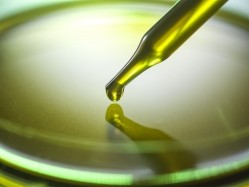
The sun protection sector
In the EU and UK, sun protection products are subject to strict testing and regulations in comparison to other products due to the protective nature of the product.
Here follows an overview of the current legislation concerning products within this ever-growing sector.
What’s new in regulations?
The EU and UK share similar regulations on sun protection products, but following Brexit, the UK now adheres to its own created Cosmetic Procedure Regulations 2020 (even though it follows a similar framework to the EU’s Cosmetic Regulation (EC) No1223/2009).
As things currently stand, sunscreens must undergo testing to establish the sun protecting factor of the product (the SPF).
To assign the correct SPF classification, calculations are made to determine the time it takes for sunscreen protected skin to burn in comparison to bare unprotected skin.
Additionally, UV filters will continue to be strictly regulated, with 29 approved UV filters currently in place, including titanium dioxide and zinc oxide.
Although the key requirements in the UK are similar to the EU, experts believe that this may change as the UK develops its own regulatory systems. For example, the UK’s list of approved UV filters currently follows the EU’s list, however, any amendments to the list moving forward will be decided by the UK government.
According to EU industry trade body Cosmetics Europe, the way we test sun care products for the EU markets is also likely to change in the near future too.
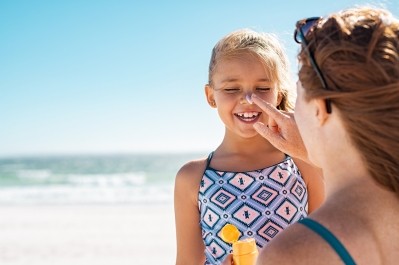
Endocrine disruptors
The subject of endocrine disruptors has been a hot topic of recent years, with much discussion centred around whether certain ingredients present in our beauty products are detrimental to our hormonal health. Women are thought to be particularly vulnerable to the harmful effects of endocrine disruptors, as it could potentially lead to health conditions such as uterine fibroids, polycystic ovary syndrome (PCOS), infertility, and menstrual irregularity.
Concerns are especially present in black communities, where products like chemical relaxers contain ingredients that are thought to contain endocrine disruptors, that could offset conditions like uterine fibroids, and even various cancers.
Tumi Siwoku, a cosmetic chemist and founder of Beauty Science Labs, acknowledges these concerns, stating: “The concerns that black women have are valid. From a scientific standpoint, we must consider that cosmetic ingredients are often part of a bigger picture, and a sub-category in life sciences.
Sodium hydroxide found in hair relaxers is also found in traditional soap bars. Context is important as it’s about dosage and control (how a product is used). There are a few endocrine disrupting ingredients across all sciences, not just cosmetics, for example, food and homecare.”
What’s new in regulations?
Both the EU and UK are making strides to identify endocrine disruptors in products that could impact the hormonal system of humans leading to detrimental health outcomes.
Ingredients like BPA (Bisphenol A), currently used in plastic packaging, are now considered a disruptor and have been banned in the EU in baby bottles.
Additionally, triclosan, an ingredient found in personal care products and soaps and body wash, has also been identified as an endocrine disruptor.
Butylated Hydroxytoluene (BHT), a popular ingredient used in cosmetics to prevent oxidation, has recently been restricted in the UK.
While products containing benzophenone, an ingredient found in sun protection products, nail polish, and body washes, has now been banned in accordance to EU regulations.
In addition to existing substances, other ingredients are currently being examined and tested by the EU and UK.
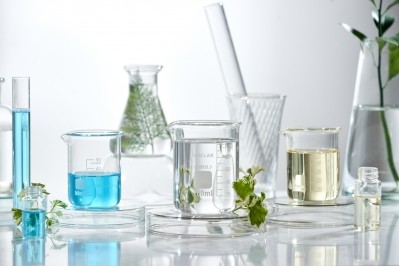
Children’s health
Children are the most vulnerable demographic of any society, and being exposed to toxic ingredients can have harmful effects.
With an increasing number of beauty and personal care products aimed at younger people – as previously reported – regulators face additional challenges to ensure safety.
What’s new in regulations?
Cosmetic products specifically created for children under three, must go through a specific safety assessment, as they are identified as particularly vulnerable.
Phthalates, commonly used in skincare products, have come under the spotlight due to concerns that they contain hormone-disrupting toxins. Subsequently, they have been banned in the EU, while in the UK they have been restricted or banned in certain products, including beauty products.
BPA AKA Bisphenol A has been banned in product packaging for children’s products and baby food, following research that exposure to the chemical can have harmful effects on the prostate gland of infants and children, as well as negatively impact their mood and behaviour.
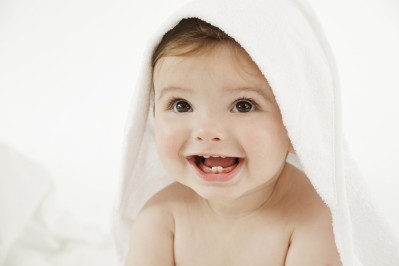
Beauty and personal care product packaging
Sustainability in product packing has become a crucial topic for regulators. The EU’s Packaging and Packaging Waste Regulation (PPWR) is currently working tenaciously to reduce product packaging and ensure that all packaging is suitable for recycling by the deadline of January 1st 2030.
What’s new in regulations?
The PPWR is working towards a 2030 deadline, aiming to ensure that all packaging is recyclable, as well as implementing a ‘reuse target’ aimed at specific sectors, for example beverages. These measures are designed to minimise single use packaging.
Product packaging will be required to feature clearer labelling to inform the user about its recyclability, in the hope of it encouraging consumers to dispose of materials correctly.
There will also be an increase in regulations restricting toxic substances like PFAS, often found in food packaging, frying pans, and even some cosmetic items like shampoo.

